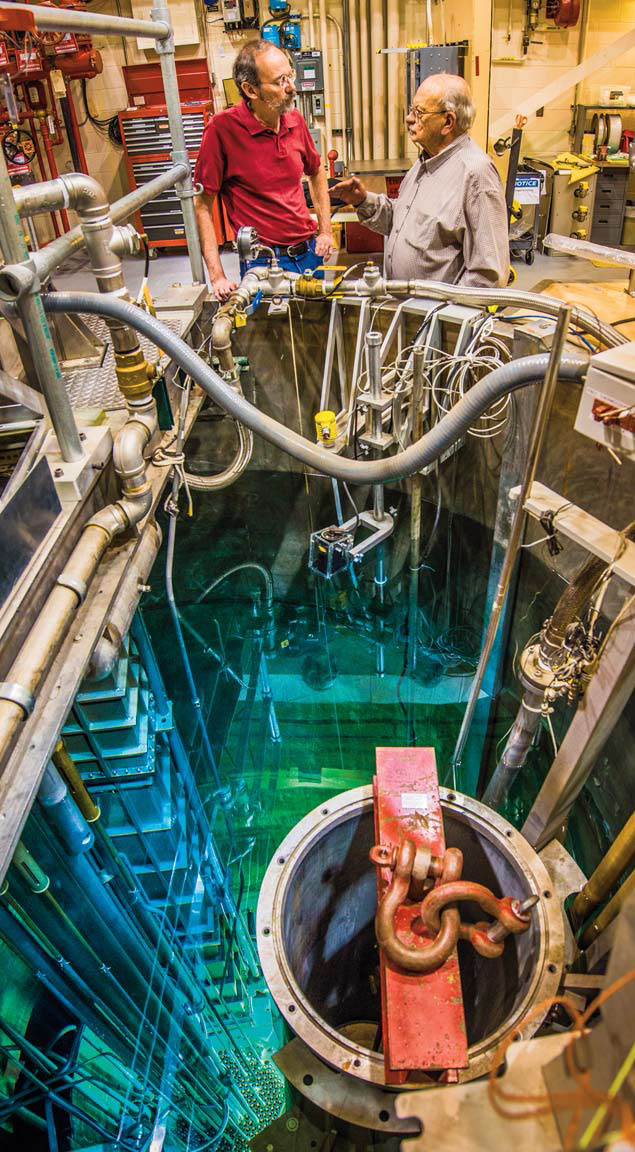
Eden Radioisotopes, an Albuquerque startup company, has entered into an exclusive licensing agreement with Sandia to use Sandia technology to solve the world’s medical radioisotope shortage crisis. Mo-99 is a key isotope whose daughter product, Tc-99, is used almost exclusively in nuclear medicine diagnostic imaging. With a half-life of 66 hours, Mo-99 must be continuously made to meet the world demand. Sandia holds a patent pending on a new nuclear reactor concept that allows for Mo-99 to be made economically, safely, and reliably. (1300) IHNS [RGND]
Sandia materials researchers Roger Rasberry and Garth Rohr helped Apache Fire Industries, a New Mexico small business, resolve issues related to developing the Fire Ant, a device designed to help save firefighters’ lives by illuminating a path out of smoke filled environments. The Fire Ant is a hose-coupler with LEDs that activate upon impact as a fire hose is deployed. Colored LEDs assist firefighters understand their location in the hazardous environment. Fire Ant is being tested by the Chicago Fire Department. (1800) [LDI]